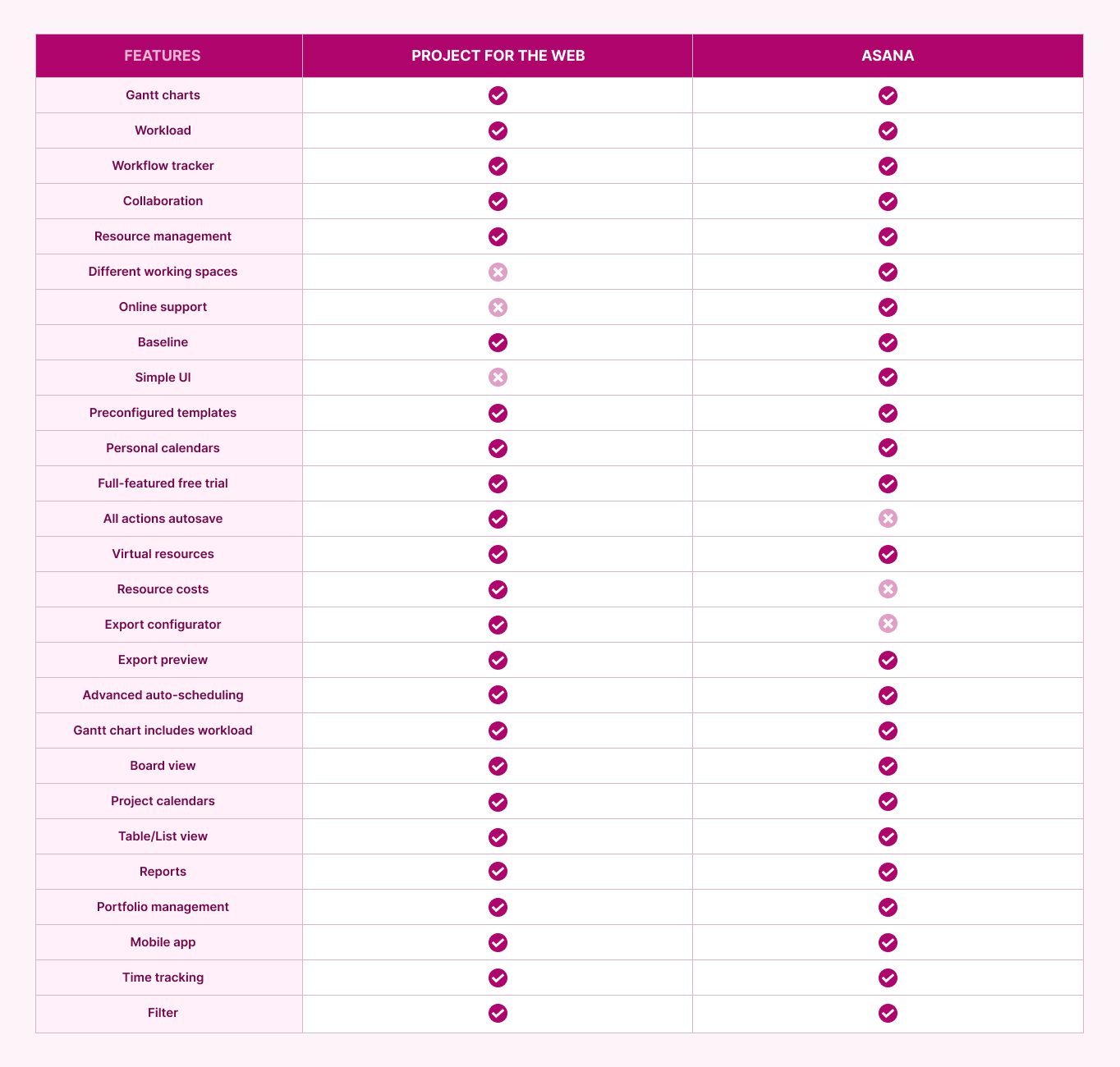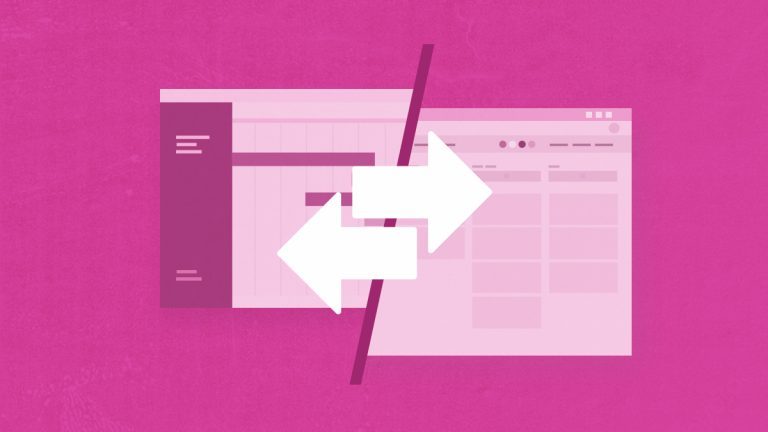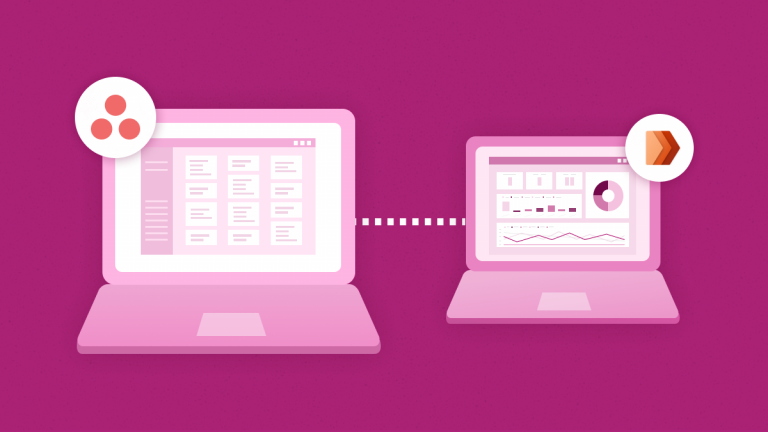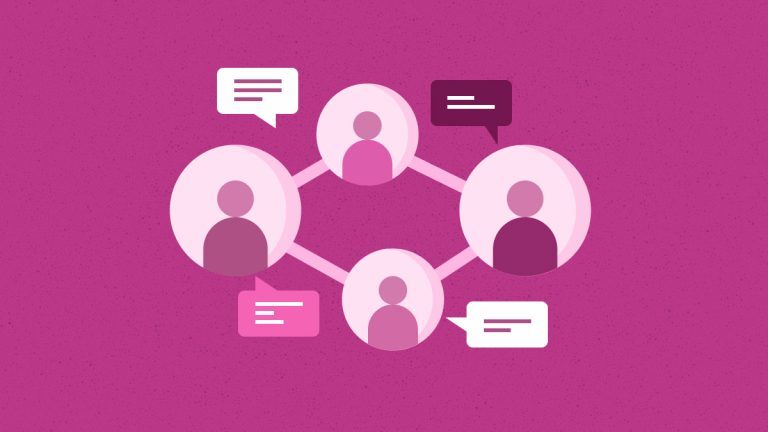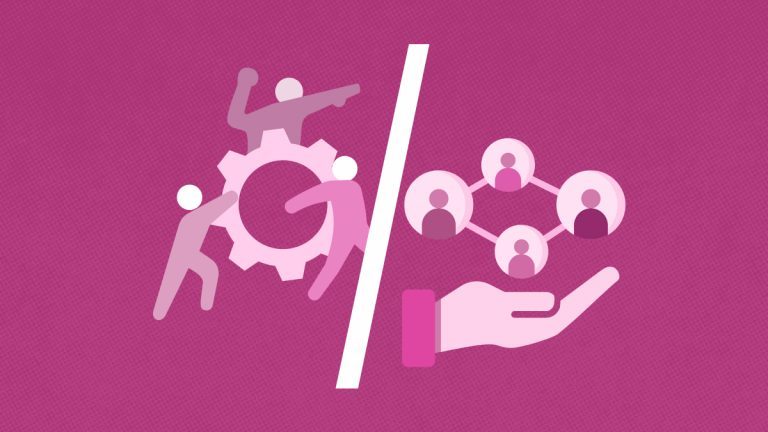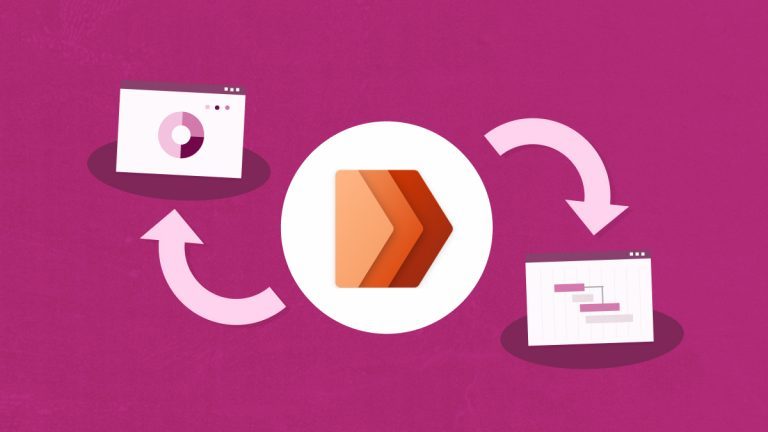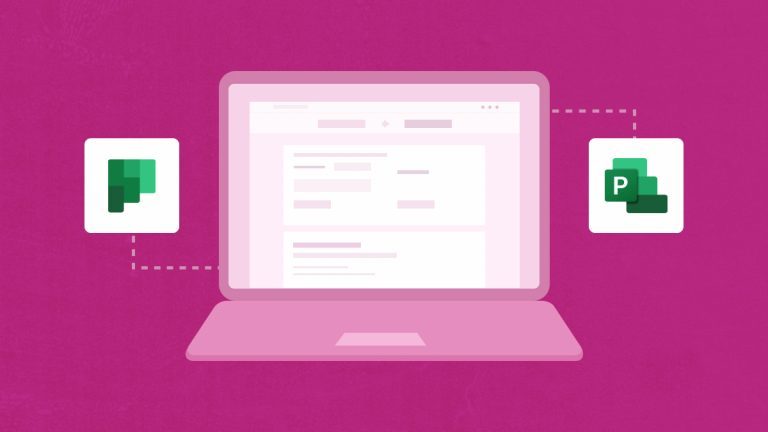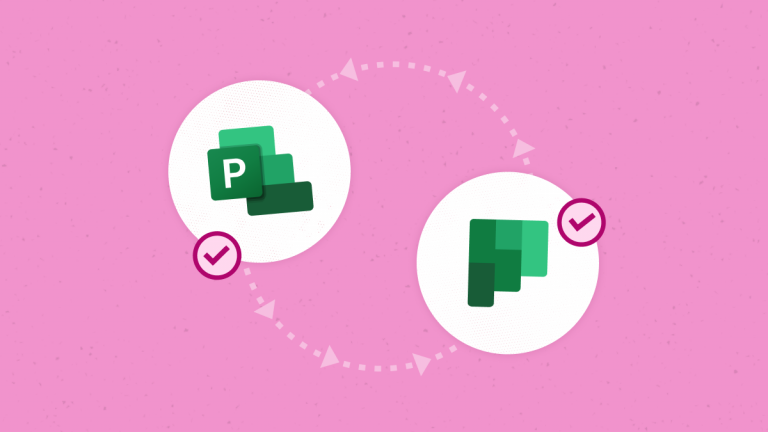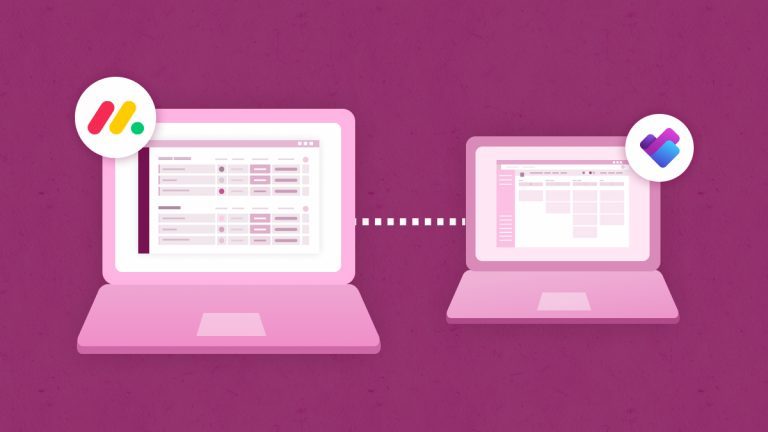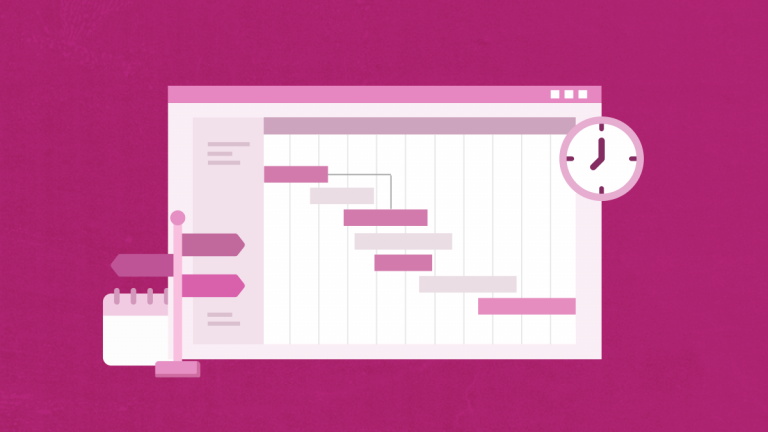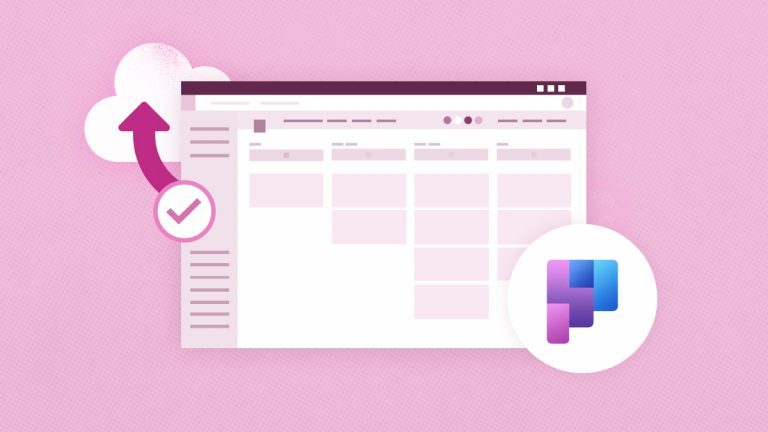
Elena Humeniuk
PPM Consultant
Project management software solutions have changed the way teams and organizations execute and deliver projects. Software solutions are no longer limited to simply managing and controlling projects. They now serve as a collaboration tool enabling task automation to simplify workload distribution and monitoring. Using these latest innovative features, organizations (regardless of size) can operate in real-time and project managers can oversee the team members through remote supervision.
These tools and software have enabled organizations to increase productivity using resource planning and management, budgeting, time tracking, and task distribution. These tools also help in risk and issue management.
Asana and Microsoft Project for the Web are two popular software solutions in the same domain. This article compares both products in detail to help you determine the most suitable product for your business needs.
What is Asana?
Asana is a project management software that supports organizations to manage different projects, assign tasks, communicate, and collaborate in real-time. Asana software is a cloud-based product that is suitable for all business sizes.
Asana project management is based on various innovative features, including document management, task assignment, support for all types of mobile platforms, dashboards, communication, collaboration, support portal, project management, and reporting.
As mentioned above, Asana facilitates project management and collaboration. However, it is not the only option in the project management domain. Asana alternatives are Monday.com, Wrike, Smartsheet, Trello, Teamwork, Workfront, etc.
How to use Asana
Using Asana, teams can manage both tasks and projects. This software solution helps specify deadlines and assign tasks, provides document attachments and gives several detailed reports. The following features and usage provide an advantage over Asana competitors:
- Asana includes a timeline view. It provides the ease of assigning tasks to dependencies and team members.
- Asana lets you create teams, enabling managers to organize and assign work in a meaningful way.
- This solution has a robust reporting capability enabling organizations and managers to assess the project progress at any given time.
- Calendar features allow users to view tasks set to be completed in a given timeframe. With this schedule, users can see project conflicts or overlaps.
- Asana allows documents to be uploaded to specific files.
- Integration and mobile app are available. Users can integrate Asana with over 100 digital platforms such as Dropbox, Outlook, Gmail, and Slack.
What is Project for the Web?
Project for the Web is Microsoft’s latest offering for cloud-based working, which is also part of the Microsoft project product family. Project for the Web (or Microsoft Project) has the work management capabilities to empower project managers and relevant team members to plan and manage tasks of any level and size. It is built on Microsoft Power Platform and contains the Project Home, Roadmap, and is web-based. As a result, the solution provides an easy-to-use project management experience that can be very helpful for informal project managers.
How to use Microsoft Project
Project for the Web (Microsoft Project) facilitates quickly creating and collaborating on projects, whether you are a formal or informal project manager. It also empowers the user with multiple planning options by giving three views: Grid for Data, Kanban Style Planning, and Timeline for Gantt view to show the task dependencies. Microsoft Project has many significant features and usage. It enables teams to:
- Schedule projects, define tasks, and assign them to members;
- Track in-progress assignments;
- Budget and estimate project cost;
- Create insightful reports on staffing levels and project execution.
Microsoft Project vs. Asana
While both tools are for project management purposes, we’ve prepared a detailed Asana vs. MS Project comparison table to help businesses make the right decision.
Conclusion
The above discussion helps businesses to choose the right project management software. It allows organizations to review the different features and choose the right product to help them achieve their strategic and operational objectives.
Both products are robust and have similar features, but some unique features separate these products from each other. So, with this detailed comparison, businesses have the power to decide on more suitable software for their business and make sure it supports organization needs.
Look for more Asana alternatives



